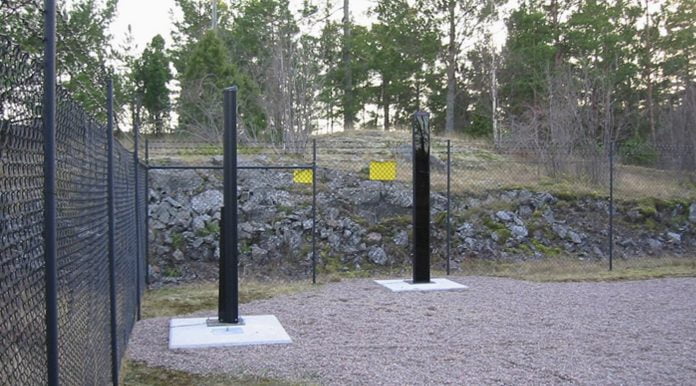Dual Technology Perimeter Detection
♦ Dual technology perimeter detection – we’ve been using AIRs beam technology but sometimes wish we had a dual technology solution.
While we find AIRs excellent, there are applications where we wish we had a dual technology solution, incorporating microwave as well as infrared, to provide us overlap to protect the blind side of AIRs stacks, as well as handling heavy rain events.
A: What you’re talking about is a real issue in many applications – in most cases integrators simply accept that their detection zone has limitations, or will install AIRs in a box or rectangle formation to create a defended space.
While this works in some applications like rooftops, there are benefits to combining IR and microwave in stacks in the field, as the technologies cover for each other. For a start, AIRs can be more sensitive to moisture in the air which attenuates the detection beam. AIRs is point-to-point, making it possible to circle behind stacks installed in pairs if an intruder knows they are there.
Microwave is perfect either, given detection zones can be nebulous and are likely to be longer and wider than required, meaning false alarms may be generated by pedestrians walking on adjacent paths, or moving behind the receiver. Microwave overlap might create up to 5 metres of overshoot, which can be a problem, or an advantage, depending on the application. Microwave can also be reflected back at the transmitter by water filled bodies but it’s much less susceptible to rain and fog.
One dual technology perimeter solution we know is Absolute from Italian manufacturer, Securit, which offers a 200-metre detection zone. The system combines AIRs and microwave in stack pairs (which can be integrated with other pairs in more complex applications) and an analysis circuit to reduce the false alarm rate by up to 96 per cent when compared to single technologies alone.
According to the manufacturer, Absolute remains fully operational during fog and rain by deactivating the AIRs beams through a disqualification circuit when particular thresholds are detected. With the AIRs component deactivated the microwave component operates standalone.
However, while Absolute handles difficult weather – including snow – better than AIRs, we’re not sure about the way a microwave signal overlap might work when both technologies are operating in typical conditions – that’s something you’d need to discuss with the manufacturer.
#SEN #SENnews #security #electronics












